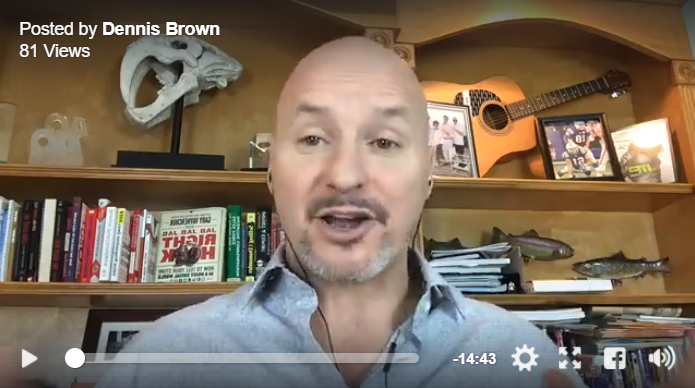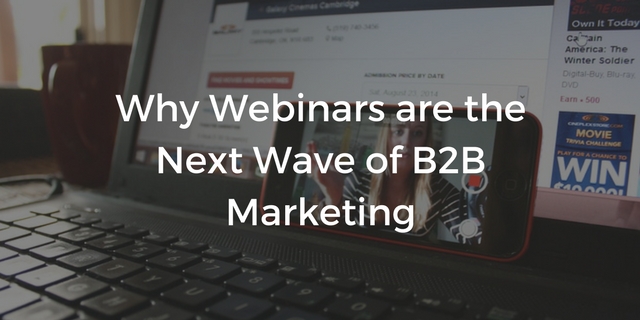
“Social proof” is a force that influences our decision making process everyday and our time on LinkedIn is no exception. When someone in our network likes or dislikes a product or service it has a huge impact on the choices we make. Getting LinkedIn recommendations is the key to building social proof. In my opinion getting LinkedIn recommendations is a critical element to any successful LinkedIn marketing plan.
 It worked for the King. Who could resist buying his album when it was literally titled, “50,000,000 Million Elvis Fans Can’t Be Wrong?” (Well of course they’re not wrong…) As far as LinkedIn is concerned, there are two types of social proof: endorsements, and the most powerful of all, recommendations (Looking for more information on social proof? Kissmetrics has got you covered.)
It worked for the King. Who could resist buying his album when it was literally titled, “50,000,000 Million Elvis Fans Can’t Be Wrong?” (Well of course they’re not wrong…) As far as LinkedIn is concerned, there are two types of social proof: endorsements, and the most powerful of all, recommendations (Looking for more information on social proof? Kissmetrics has got you covered.)
Increasing your influence on LinkedIn, building your network and ultimately converting those connections into sales opportunities hinge on one critical factor: trust! And recommendations are one of the best ways to establish trust with your target market when it comes to LinkedIn. In addition to providing that critical social proof I just mentioned, many experts also believe it can positively affect your search rankings LinkedIn.
Whenever I think about the power of social proof and LinkedIn recommendations this quote comes to mind.
“When you say something about yourself it’s bragging; when someone else say something about you, it’s proof!” {Tweet this}
Put simply, LinkedIn recommendations are VERY important to your success on LinkedIn. But not just any recommendation will do.
To maximize the benefit of LinkedIn recommendations, you need them to be powerful. These five tips can help you get powerful recommendations that help build trust with your target market:
1. Know your goals. Are you unsure how many recommendations you need. Generally, I recommend gaining at least 10-20 recommendations to get started. But doing a little digging into the competition can help you understand where you stand, and where you might want to aim. Depending on your specific business or niche, you may want to research 10 to 15 of your top competitors. Take a look at their public LinkedIn profiles and see how many recommendations they have, on average. Don’t just aim to be “around” the same number as them, aim to bump it up a notch in order to stand out. But also be sure to focus on quality – if your competitors have the same number of reviews as you currently do, but yours are a higher quality, you will definitely win more than you lose.
2. Focus on problem solving. If you’re asking someone to write you a recommendation that you have clearly delivered value for in the past, make sure they are clear about how you solved their most pressing problems. Your prospects want you to make their buying decisions easier. One of the easiest ways to help them trust you is to show them exactly how you have delivered for others in the past.
3. Make it personal. When it comes to LinkedIn communications – from messages to potential connections to recommendation requests – NEVER use the standard, template message that LinkedIn auto-populates. These people are doing you an immense favor by writing a recommendation – you want it to truly be powerful. Nothing can ensure a lackluster recommendation more than a lackluster effort on your part. Make sure that you personalize your request to let them know how much you value their connection and how much you appreciate their willingness to recommend you.
4. Stay on top of things. People are busy – that is especially true for influencers and decisions makers. And as much as we like to think that writing our recommendations is a top priority, it’s unlikely to be at the top of their do do list. If your original request for a recommendation goes unanswered, follow up with a quick, polite message 10 to 14 days later. Diligence and follow up almost always pays off, and it most certainly will in this case.
5. Don’t go on a recommendation-writing spree. One of the best ways to earn powerful recommendations is by writing them for others; however, you have to be very careful with that approach. It should not be the focal point of your plan to increase recommendations, but can be a nice element. The recommendations you write are also visible on your profile, so if you write a bunch of halfhearted reviews and have the exact same number of reviews in return, there isn’t much value in those recommendations (they will look reciprocal…which they are). If; however, you have strong business relationships with a range of people and have specific points you can use while writing them powerful recommendations, you should absolutely write them. Often times, you will receive a powerful recommendation in return. And without a doubt, avoid any type of paid service that promises to deliver recommendations for you. These will absolutely kill your credibility.
Tip – LinkedIn does allow you to control the visibility of recommendations you get and give as seen below. This allows you to hide recommendations you have given for someone that has also recommended you.
Powerful LinkedIn recommendations are just one component of getting results on LinkedIn, but there’s much more you can do.
Did this blog help you? If so, please take a moment to comment below and SHARE on Facebook, Twitter or LinkedIn!
Cheers,
Dennis Brown
“Stop the madness. There’s a better way!”
LinkedIn Marketing & Social Selling Consultant, Trainer, Speaker
Connect with me on LinkedIn!
Follow me on Twitter!
Do you Facebook?








